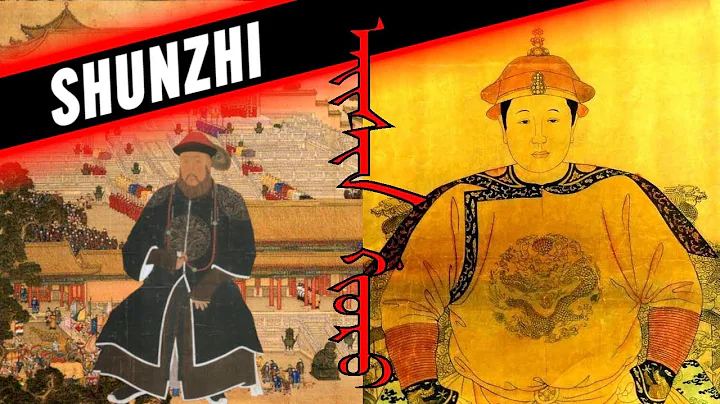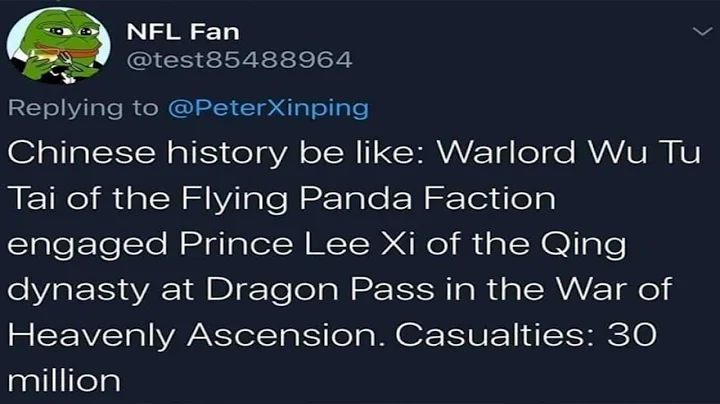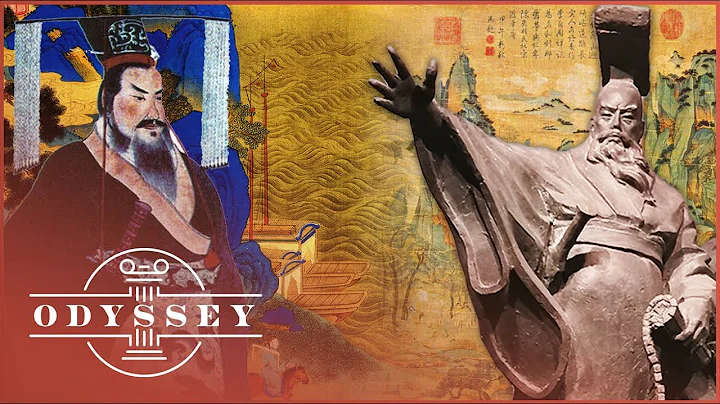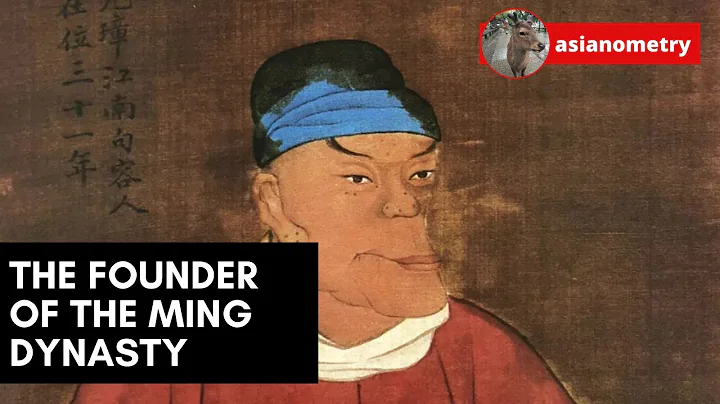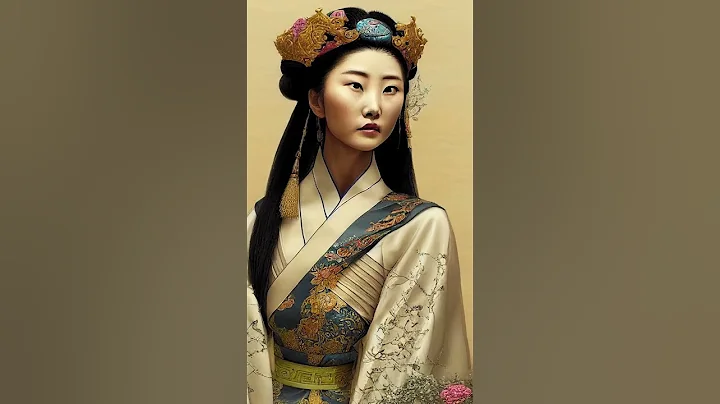Changzhi, formerly known as Shangdang, Luzhou, and Lu'an. "Changzhi" was originally the name of the county where Lu'an Prefecture was located. It was named after the eighth year of Jiajing in the Ming Dynasty (1529 AD), which means "long-lasting peace and stability" . Changzhi is located in the southeastern part of Shanxi, at the junction of Shanxi, Hebei and Henan provinces. It is adjacent to Taihang Mountain in the east, Hebei and Henan, Taiyue Mountain in the west, bordering Linfen, Jincheng in the south, and Jinzhong in the north. junction. Changzhi has a long history. Popular legends such as Jingwei's reclamation of the sea, Nuwa patching up the sky, Nuwa patching up the sky, Houyi shooting the sun, and Yugong moving mountains all originated in Changzhi and is known as the "hometown of myths".
What I want to share with you today is a set of old photos taken in Changzhi, Shanxi in the 1990s. Let us follow this set of old photos to see what Changzhi looked like in the past.
The picture shows Changzhi Railway Station in the 1990s. This railway station was built in the 1960s. Changzhi people are very familiar with this railway station. At that time, the most "luxurious" building in the station was a two-story building. The first floor is for ticket sales and waiting, and the second floor is used for offices. The waiting hall is less than 200 square meters and is very small.

html Hero’s Road in Changzhi in the 190s. Hero’s Road is an ancient street that has stretched for more than a thousand years. During the Yongle period of the Ming Dynasty, the “Luzhou Guard” was located here. At that time, Hero’s Road was called “Weiqian Street”. In the 1940s, "Weiqian Street" was renamed "Hero Street". Today's Yingxiong Road reaches Changling Line in the south and Beihuan Street in the north. The road is lined with high-rise buildings and green trees, with merchants gathered and traffic flowing.

html Changzhi Bus Station in the 190s. The bus stations in every city embody the memories of several generations. This is the place where dreams begin. Changzhi people go to school, join the army, work, and visit relatives from here or walk in. Some people are gone forever once they leave, and their hometown is a foreign land from now on. Some people stay there for the rest of their lives, and their foreign land becomes their hometown.

html Changzhi Flour Mill in the 190s. The Changzhi Flour Mill was built in the 1950s. It is one of the twelve largest flour mills in Shanxi and the largest flour processing enterprise in the Changzhi area. It was considered a very profitable enterprise back then.

htmlXijiao Park in the 190s, Xijiao Park is Changzhi People's Park, located on the banks of the Heishui River in the western suburbs. At that time, the western suburbs park was lined with green trees, beautiful scenery and complete recreational facilities. It was a place where Changzhi people often went to play on weekends.

html In Changzhi in the 190s, the provincial government built a nearby food stall. Snacks in Changzhi are mostly pasta, such as dry noodle pancakes, Wuxiang noodles, Shangdang ramen, Changzhi pies , Changzhi tofu dishes, etc. are all famous and delicious snacks in Changzhi.

htmlIn the 1900s, there were "quit smoking madmen" on the streets of Changzhi. Many people in Changzhi still remember him. Back then, people could often see a thin, energetic old man dressed strangely. I saw him wearing a coat and hat with words such as "Smoke is harmful to hundreds of people, it is harmful to others, it is harmful to myself, it is harmful to future generations." He was pushing a bicycle, and the handlebars and frame were covered with flags that read, "A person in smoke is like a fish in sewage." Handheld microphone. He always sang and talked about the dangers of smoking and persuaded "addicts" to quit smoking.

html In Changzhi in the 1990s, students at Hero Street Primary School were holding a flag-raising ceremony. Hero Street Primary School is located in the most prosperous Hero Terrace in Changzhi. It is a famous school with a history of more than 70 years. Changzhi readers, did any of you go to this school when you were a child?

